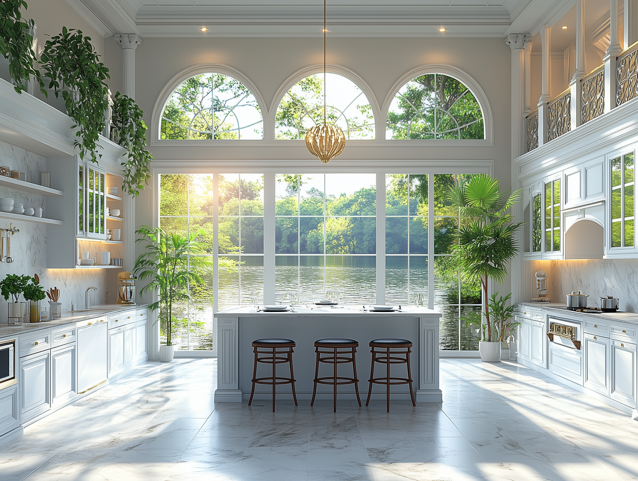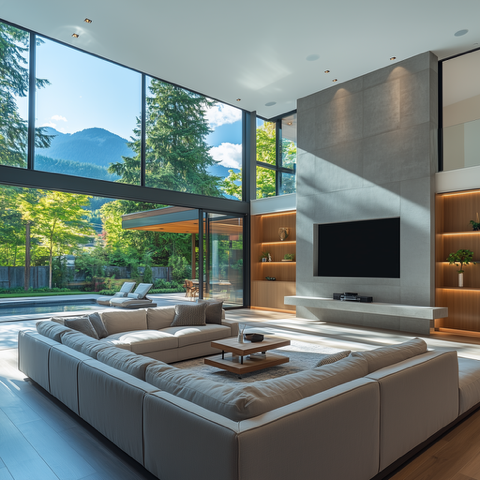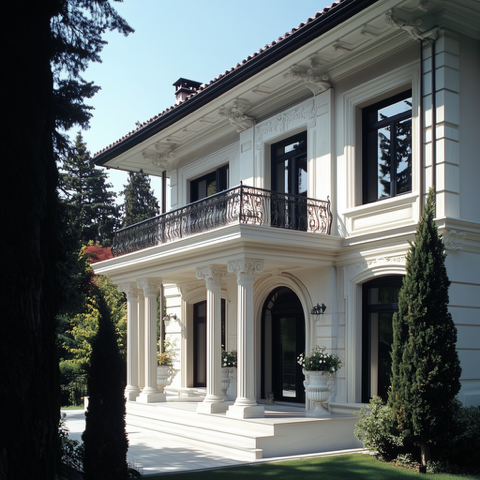

At Hosseini Homes Corporation, in collaboration with Mehdi Hosseini Design Studio (MHDS), the belief is clear: design transcends mere buildings; it’s about crafting meaningful spaces that enhance lives. Over the past decade, they have consistently delivered architecturally thoughtful, custom single and multi-residential projects throughout the Greater Toronto Area. Today, they stand at the forefront of a transformative era in architecture and construction—one that integrates artificial intelligence (AI) to redefine how homes are designed, built, and managed.

As early adopters of AI in their field, Hosseini Homes and MHDS are not merely keeping pace with industry trends; they are leading a necessary shift toward smarter, more human-centered housing solutions that Canada urgently requires. The introduction of AI into their practice has unleashed an entirely new realm of creative possibilities. With advanced AI systems at their disposal, they can now generate, analyze, and visualize a wider array of design options in significantly less time than before. This capability allows them to deliver personalized designs uniquely tailored to each client’s vision and specific site conditions.

Whether working on a custom single-family home or a multi-unit residential project, AI empowers Hosseini Homes and MHDS to explore layouts, materials, lighting conditions, and energy performance from the outset—enabling informed decisions to be made swiftly and with greater clarity. Importantly, this technological integration does not diminish the role of designers; rather it enhances it. By automating technical tasks that tend to be repetitive or time-consuming, AI provides designers with more freedom to focus on creativity, refinement, and optimizing human experience within their projects.

Smarter construction is revolutionizing the industry by integrating AI tools that enhance various aspects of project execution. Beyond just design, AI is being utilized to streamline construction scheduling, site coordination, and project management. With capabilities such as predicting delays and optimizing crew allocations, AI significantly reduces the risk of human error while effectively minimizing material waste.

By leveraging simulations and predictive models, issues can be detected before they escalate into costly problems. This proactive approach enables informed decision-making that is both budget-conscious and environmentally responsible. The outcome is clear: more efficient builds with reduced downtime and fewer revisions—ultimately saving time, money, and resources across all projects.

The environmental benefits of incorporating AI into construction processes are substantial. By iterating faster and more accurately during the design phase, less energy and fewer materials are consumed throughout the project lifecycle. Shortened timelines paired with optimized construction practices lead to fewer emissions, reduced waste, and a lighter ecological footprint.

True sustainability begins with thoughtful planning. Through AI integration, it becomes possible to design spaces that are visually striking, functional, and aligned with long-term environmental goals. This commitment reflects a dedication to building smarter, greener communities—one project at a time.

With AI integrated into their toolkit, Hosseini Homes and MHDS are better positioned than ever to serve clients effectively while contributing positively to communities. Their commitment remains steadfast: building a future where homes are abundant, affordable, and inspiring. As they reflect on their progress thus far, excitement for what lies ahead fuels their dedication to innovation and quality—ensuring that every home is ultimately a place of beauty, comfort, and connection.
Photos credit: Hosseini Homes